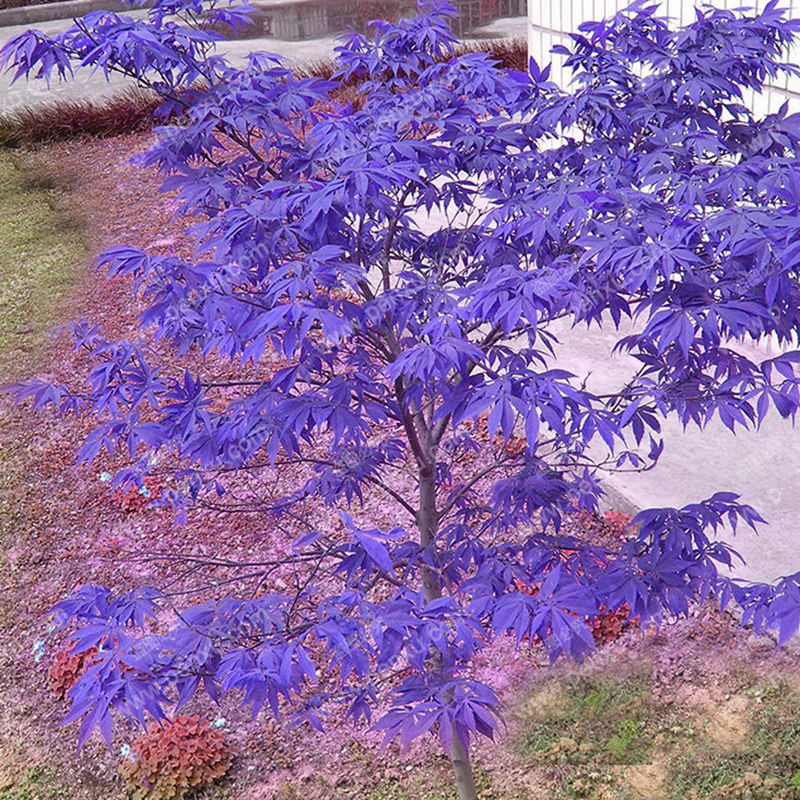


Leaves are 2 to 5 inches, opposite, and simple with five to nine lobes.

Plant in dappled shade and evenly moist, well-drained soil, protecting it from drying winds. Growth is slow to moderate, and the tree assumes a layered look with a low, dense, rounded top and spreading branches. Acer is Latin for sharp and palmatum means shaped like a hand, referring to the leaves. Weeping as well as upright varieties exist, and the species is well noted for its beautiful deep red and orange summer color that deepens into the fall. The Japanese maple is a short tree in the Sapindaceae (soapberry) family, native to southeast Korea and central and south Japan, and noted for having many aesthetically pleasing forms. Phonetic Spelling AY-ser pahl-MAY-tum Description


 0 kommentar(er)
0 kommentar(er)
